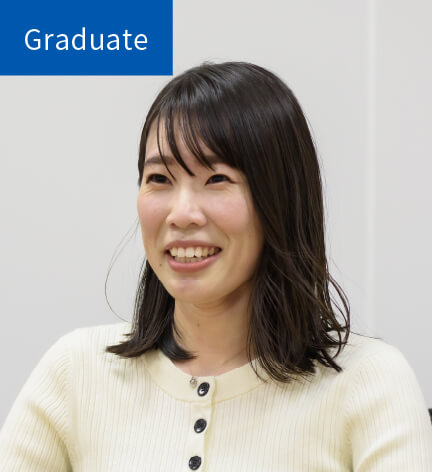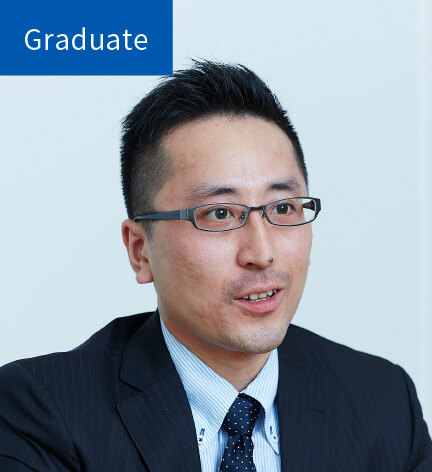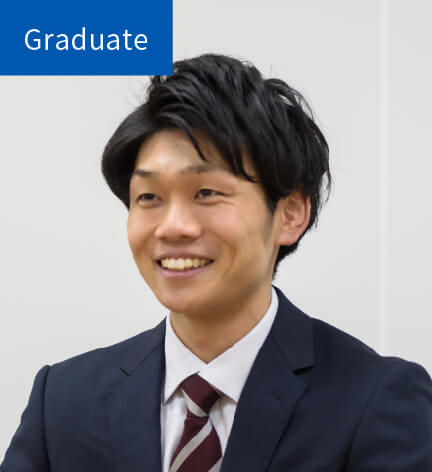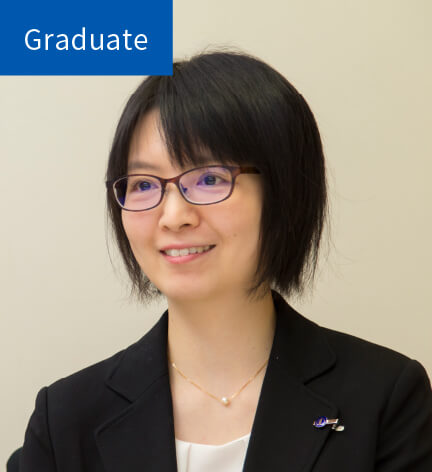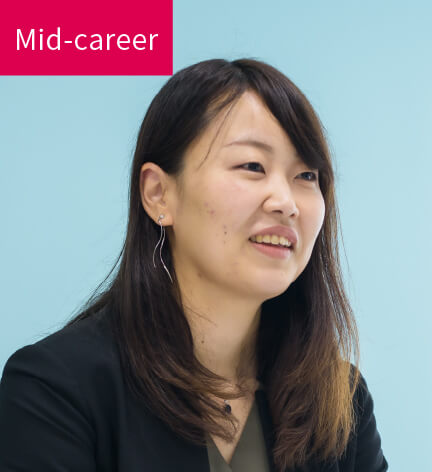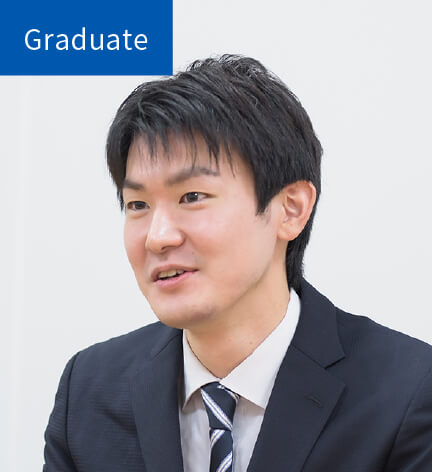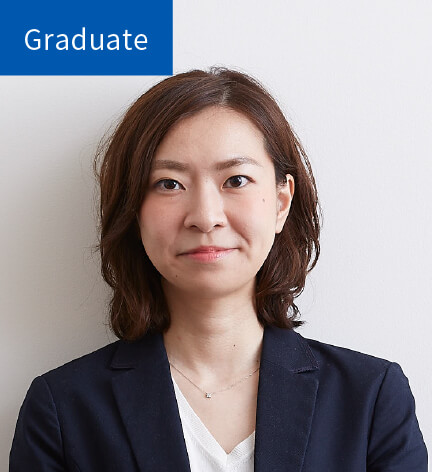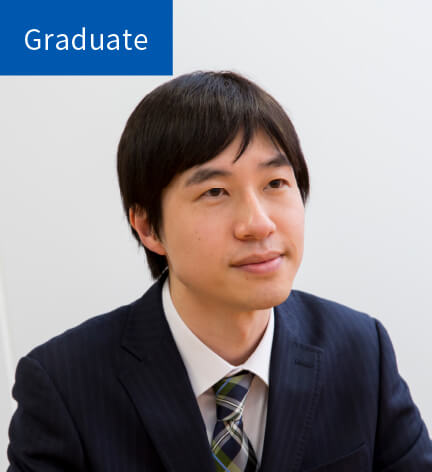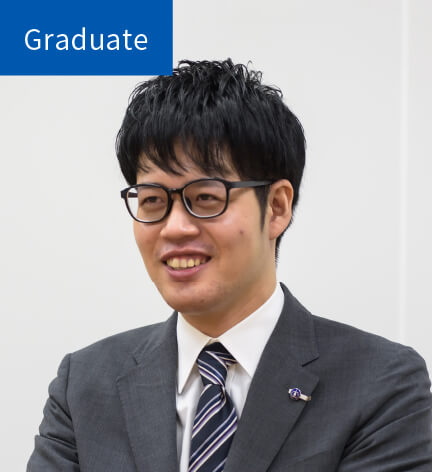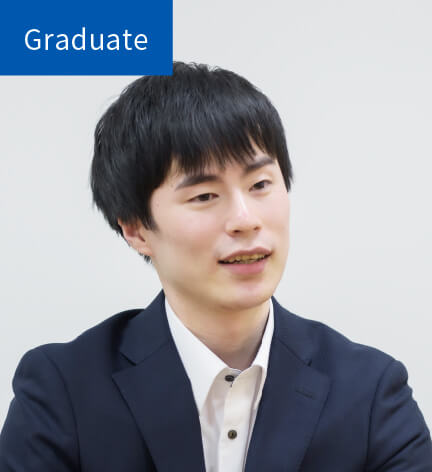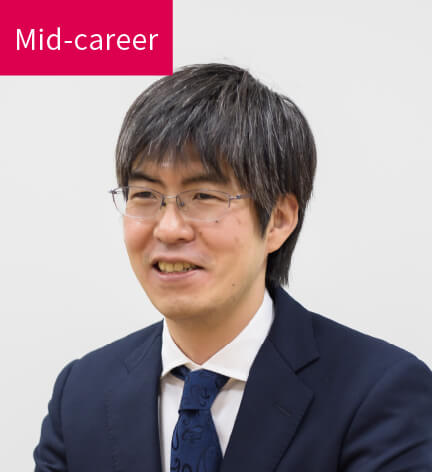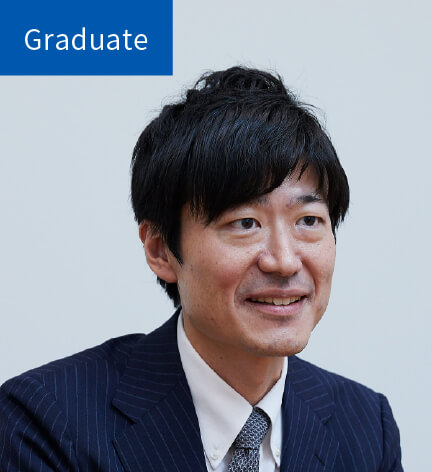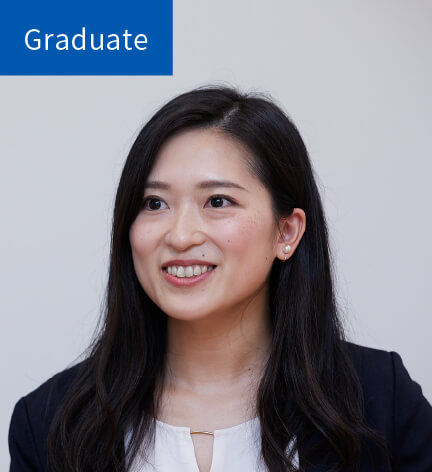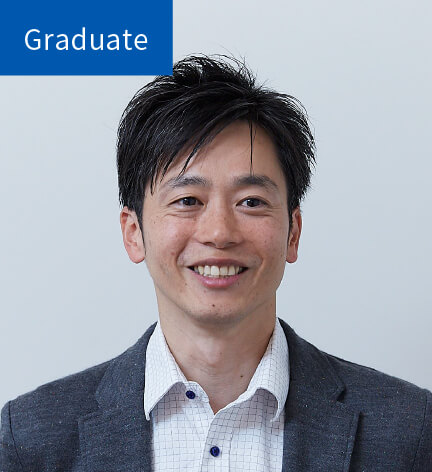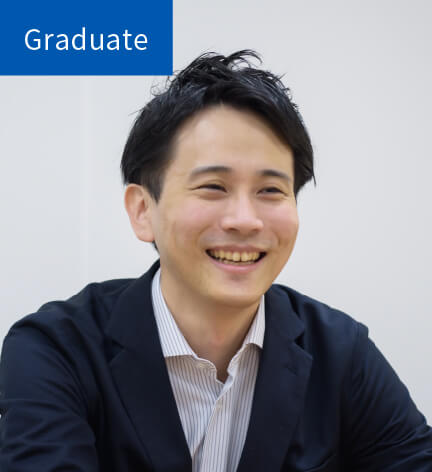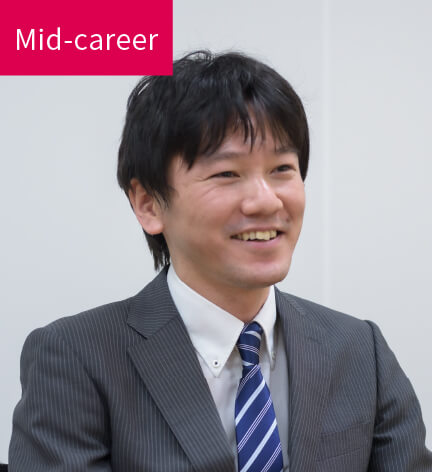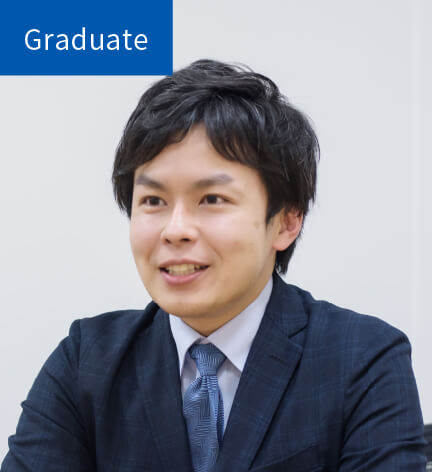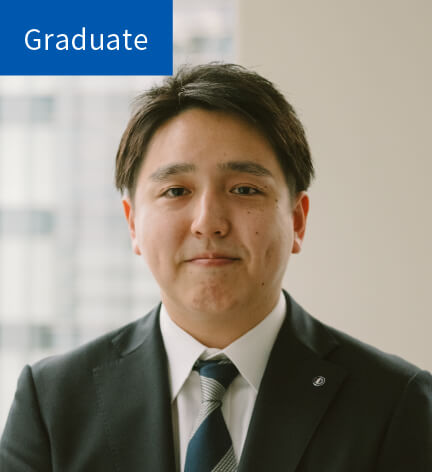-
New Graduate Recruitment
MYPAGE/ENTRY
Internship pre-entryPhD/postdoc recruitment
PhD/postdoc recruitment entryMYPAGE
Mypage for FY2026 Graduate Recruitment -
Mid-career Recruitment
Recruitment Infomation
Please check here for
a list of positions currently available.Alumni Network
Chugai provide opportunities for interaction with
Alumnai (graduates) who have worked with us at Chugai in the past.
If you would like to use it, please register here. -
Recruitment of the Disabled
Recruitment of the Disabled site
For candidates in possession of a disability handbook.
INTERVIEW
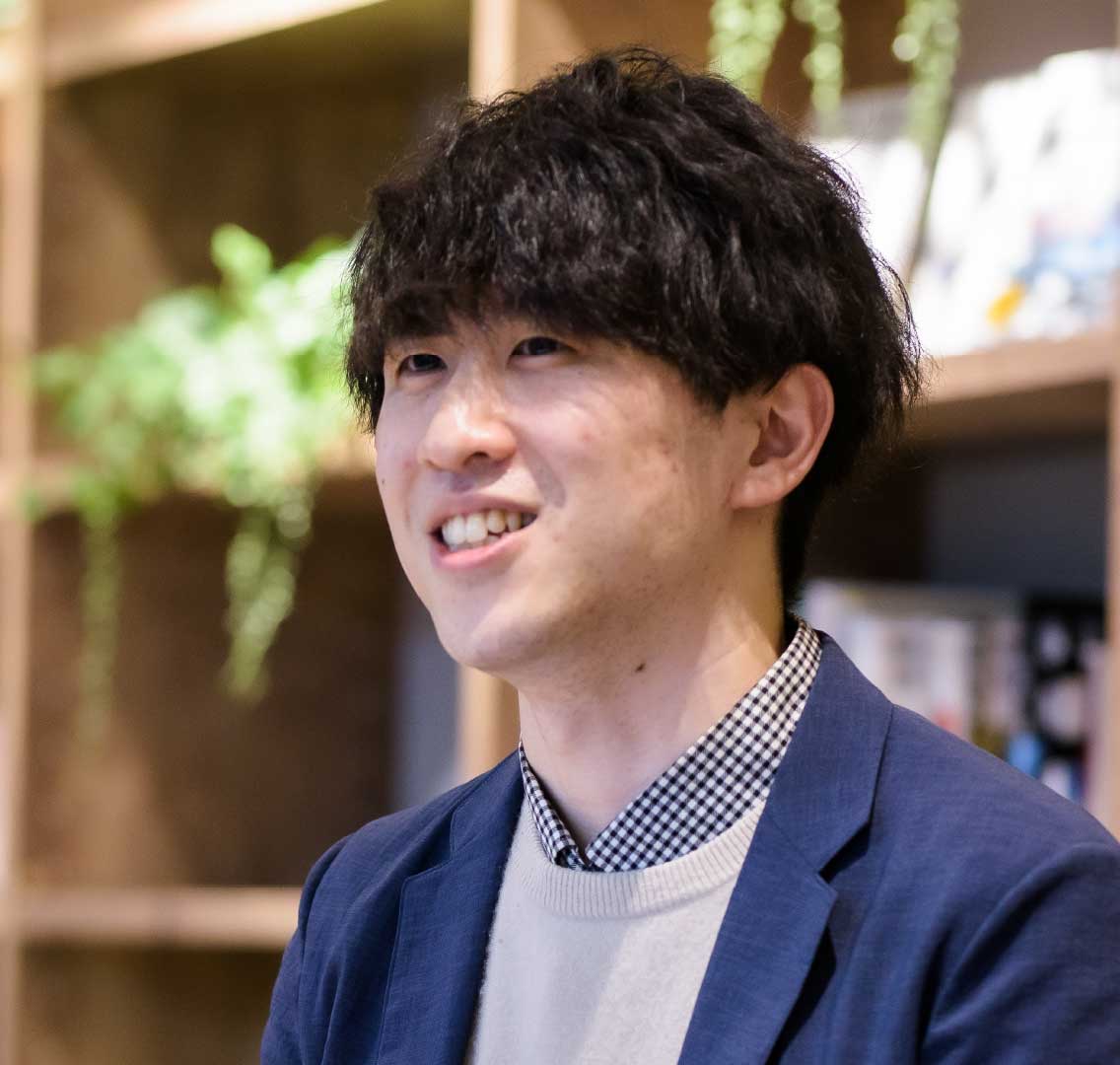
Someone who strives to increase the probability of success of new drug development by mastering cutting-edge organoid culture
Kai Tanaka
Translational Research Div.
Pharmaceutical Science Dept.
Since 2016
Achieving growth through the many opportunities given him
Kai Tanaka majored in life sciences at graduate school, where he conducted research into phytohormones. He originally intended to continue basic research in academia. ‘I like exploring truth through research, so I was planning to go on and do my doctorate, but at the basic research level, it is difficult to pass on the outcomes of research to society. Becoming increasingly frustrated by that fact, I decided that I wanted to work in the pharmaceutical industry, because I wanted to engage in research activity that would make a more direct contribution to society. I looked into a number of companies, and I became interested in Chugai Pharmaceutical. This company has a track record in the research and development of antibody drugs, as well as advanced technological capabilities. I was also attracted by the company’s alliance with Roche, which, I believe, will enable large-scale research and development.’
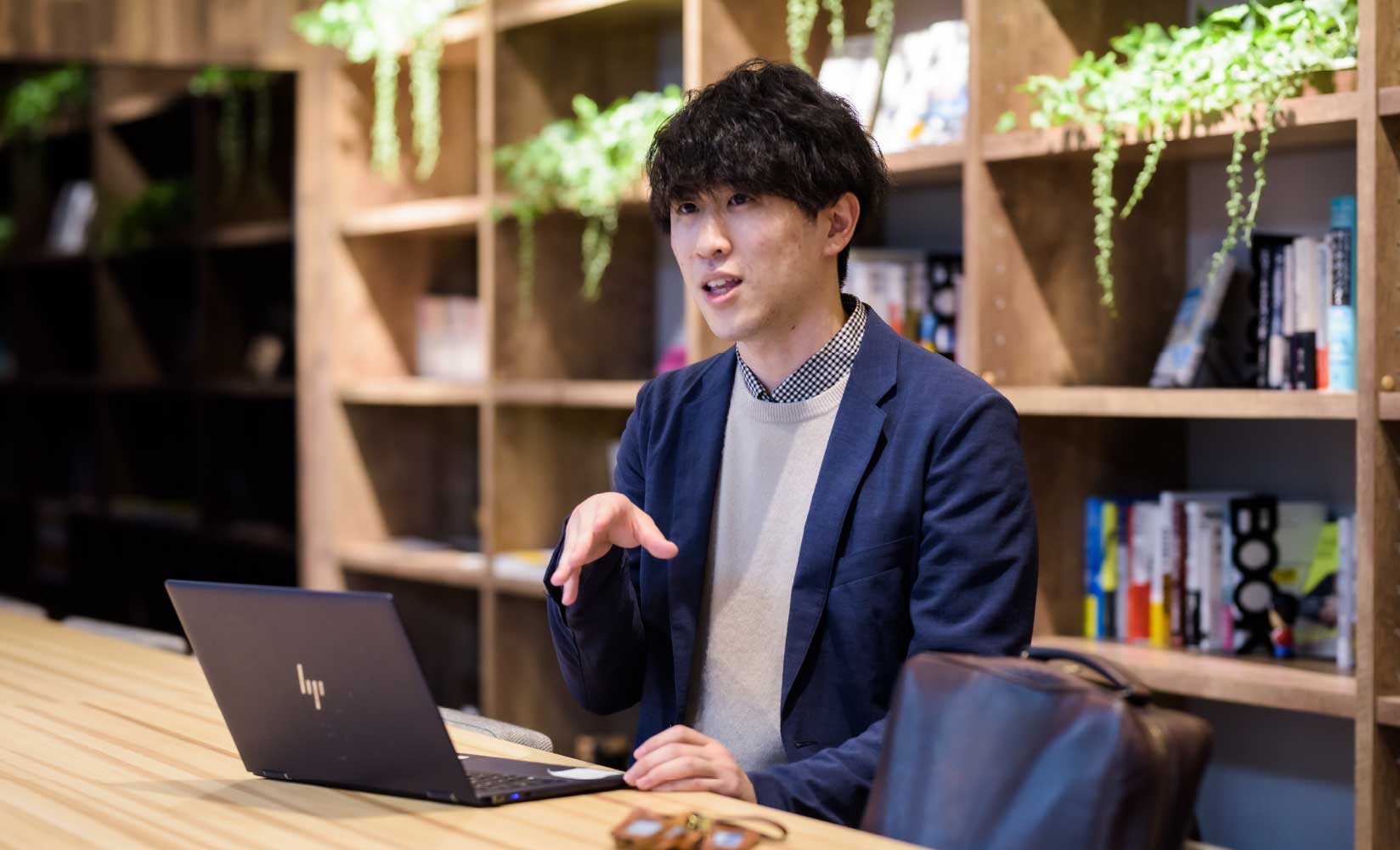
Tanaka ultimately decided on Chugai Pharmaceutical because he was drawn to the then department head he met at the job interview. ‘They were very passionate about drug discovery and their empathy toward patients shone through in every word they spoke. I felt strongly that I wanted to work in research and development under that department head, so I decided to join Chugai Pharmaceutical.’ After joining the company, Tanaka’s first assignment was to develop methods for measuring agents in human blood. Tanaka’s task was to clarify how much of the agent administered to patients in a clinical study is absorbed by the human body by measuring changes in the agent’s composition. In his second year at the company, he was assigned to be the leader in charge of measurement of samples in an actual clinical study. ‘My supervisor kept giving me one opportunity after another and entrusted me with important jobs while I was young. I worked feverishly at that time, and when I look back, I think that my supervisor’s consideration allowed me to achieve major growth.’
The challenge of building an unknown cell culture model that has no precedents.
In his third year, Tanaka faced a major turning point. He was given a new research theme, the construction of 3D cell culture method. With this assignment, he would take on the challenge of an unknown, cutting-edge domain. ‘This is another example of my superior giving me an opportunity, when he asked me if I would be interested in conducting research into 3D cell culture methods. I had long been wanting to take on a new challenge, so I immediately replied that I would definitely accept the assignment. From then until today, I have been working hard on organoid culture.’ Organoids are tiny organ-like structures created from the 3D culture of cells in vitro. It is hoped that these organoids, which are reproductions of human organs, will increase the probability of success in drug development through their use in the evaluation of the effects of new drug candidates before clinical studies begin.
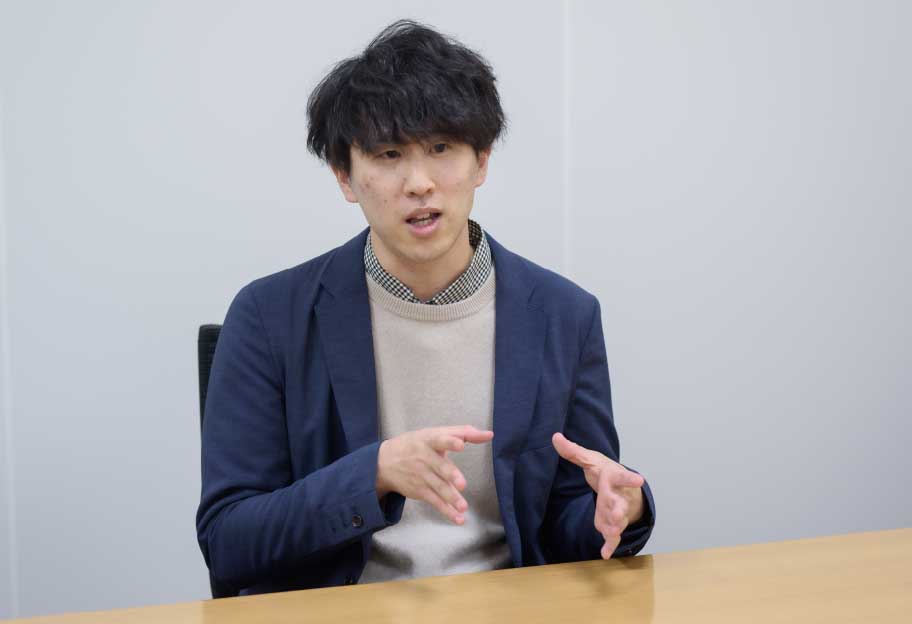
‘Major strides have been made in organoid research over the past ten or so years, and they have finally evolved only recently into a tool that can be used in drug discovery. Having said that, we still have a long way to go before absolute culture techniques are established. There is also no guarantee that what is being presented in research papers is 100% correct. I engage in my work every day in a repeated cycle of trial and error to construct the kind of models we are aiming for, and when I can obtain even just one outcome that I had hypothesized, I get very excited.’ Tanaka’s current target is human intestinal organoids (hIOs). If this can be achieved, it would enable exploration into how the components of a drug are absorbed from the gut into the body, which could also be applied to the elucidation of mechanisms of drug efficacy. The culture is proceeding well and has reached a level where it could be introduced into development.
Connecting non-clinical and clinical domains smoothly for the sake of patients
Tanaka says that being part of the Roche Group gives Chugai Pharmaceutical a significant advantage in progressing the construction of organoid culture models. ‘Roche leads the world in 3D cell culture technology. It has partnerships with world-famous labs and start-ups, and possesses a wealth of cutting-edge insights and knowledge. I have many opportunities to discuss my work with researchers at Roche, which I find very stimulating. I have made many new discoveries, which motivates me to go even further with my own research.’ Tanaka is currently working on a model for the culture of organoids from adult stem cells that have regenerative capacity, but organoids can also be developed from human induced pluripotent stem cells (iPSC). In a bid to comprehend the methods for culture from iPSC, Tanaka is endeavoring to absorb knowledge by reading various articles on the topic.
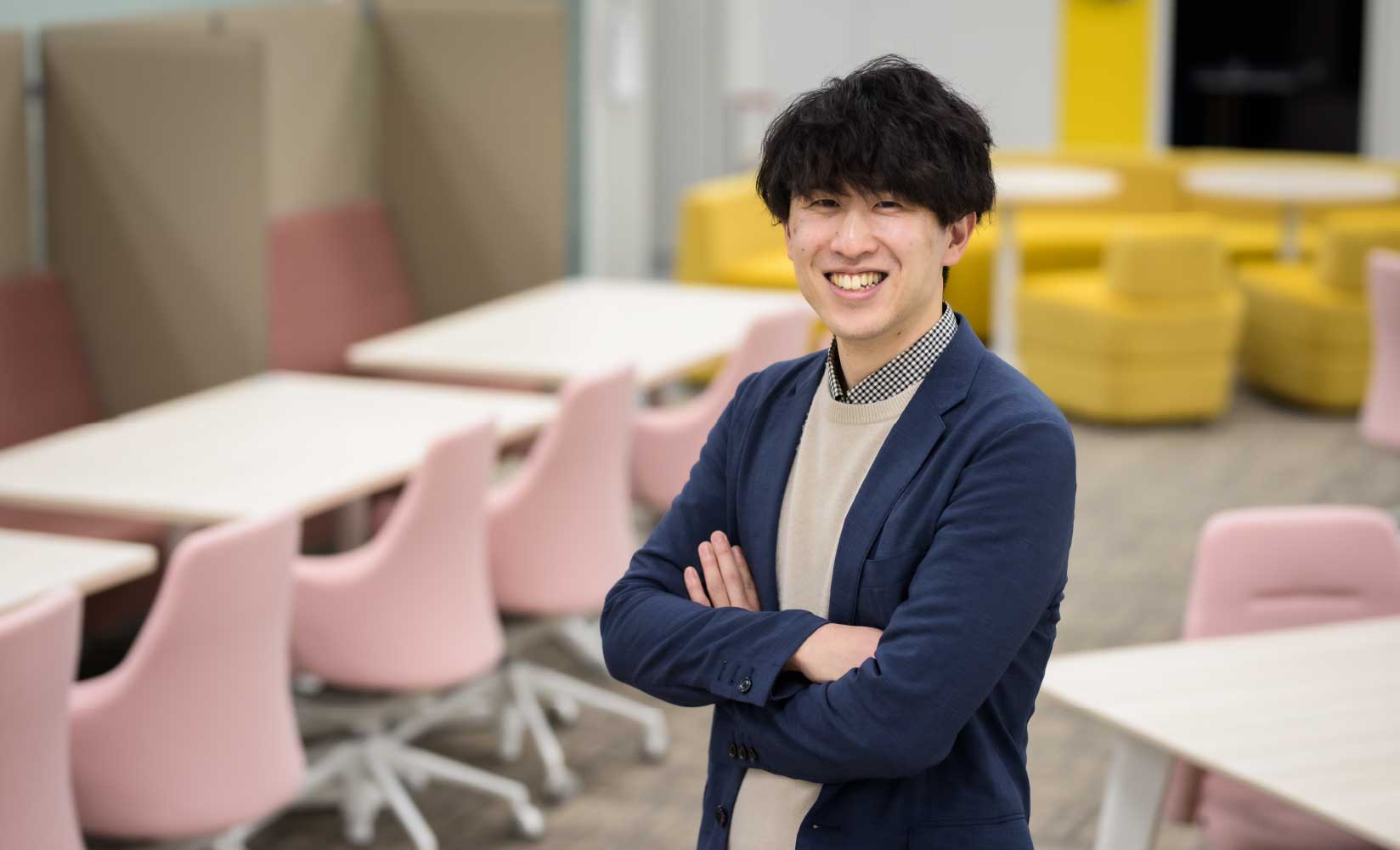
Tanaka hopes to assist development projects for all kinds of drug discovery with organoids that he himself has developed. ‘There have been many cases in which a new drug candidate was found to be effective in non-clinical development but it did not produce the desired outcome when administered to patients in clinical studies, resulting in the failure of the project. Introducing organoid culture technology will make the transition from non-clinical to clinical smoother, increasing the probability of success in drug development. In turn, we will be able to deliver new drugs to patients more quickly. I want to delve more deeply into translational research that connects the non-clinical and clinical domains.’ According to Tanaka, ‘Chugai Pharmaceutical has a corporate culture that is tolerant of errors and that encourages employees to take on challenges.’ Tanaka is determined to make the most of this environment to make breakthroughs in cutting-edge fields.
*The contents of this article, and the divisions that the people featured in this article belonged to and the names of those divisions are current as of the time of the interview.

